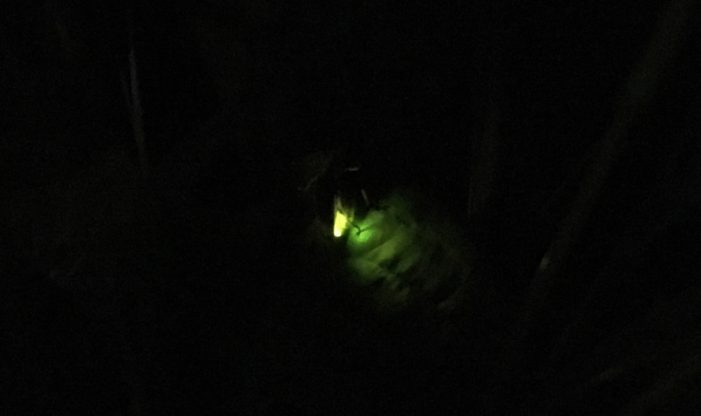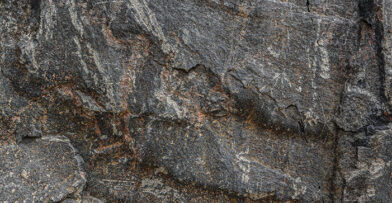Fireflies, the glowing beacons of summer, are winged beetles that captivate all ages. As the summer sun sets, they create a bio-luminescent “cold light,” meaning that little to no energy is lost as heat. Depending on their species, fireflies, also called lightning bugs, flash in different colors, including a spectrum of green, yellow, or orange. More than 2,000 firefly species exist worldwide; they live on all continents except Antarctica. Various cultures have names, mythology, and customs attributed to this insect. Wauwatosa, the city in Milwaukee County, takes its name from waawaatesi, the Ojibwe word for firefly.
Bio-luminescence and Habitat
In adulthood, bio-luminescent flashing is used to attract, or communicate to, potential mates. It is the males that openly flash above fields and forests to attract females waiting on the vegetation below. Each species of Firefly had a unique flash pattern and time of night in which they look for mates.
Fireflies require moisture during all of their life stages. Females lay eggs on moss or in rotting logs. As larvae, fireflies spend 1-2 years underground where they feast on earthworms, slugs, and snails. Fireflies are sensitive to light, habitat disturbance, and pesticides. Firefly adults love warm, humid temperatures, which is why we see them in Wisconsin during summer. For these reasons, Schlitz Audubon provides a good environment to study this insect.
Citizen Science for Fireflies at the Center
There is much the scientific community knows about fireflies, but there is still more to learn. For example: which of the most common firefly genera found in the U.S. are located in our area? How will factors such as climate change, light pollution, and environmental toxins alter firefly numbers?
You can join the community of Citizen Scientists looking to help answer these questions and fill in the data gaps. On July 10, we hosted a Citizen Science training session for Firefly Watch. This training preceded a six-week project that will involve volunteers monitoring Center grounds for fireflies. We asked that training participants commit to two follow-up sessions, or to study fireflies in their own backyards, and submit data. Special thanks to the C.D. Besadny Conservation Grant Program of the Natural Resources Foundation of Wisconsin for making this project possible.
At the July 10 event, participants learned about common firefly facts and fiction, habitat requirements, and protocol for data collection. Participants also learned some common flash patterns. The life cycle of fireflies and which habitat requirements are most beneficial to the beetle at each stage of development were also discussed.


